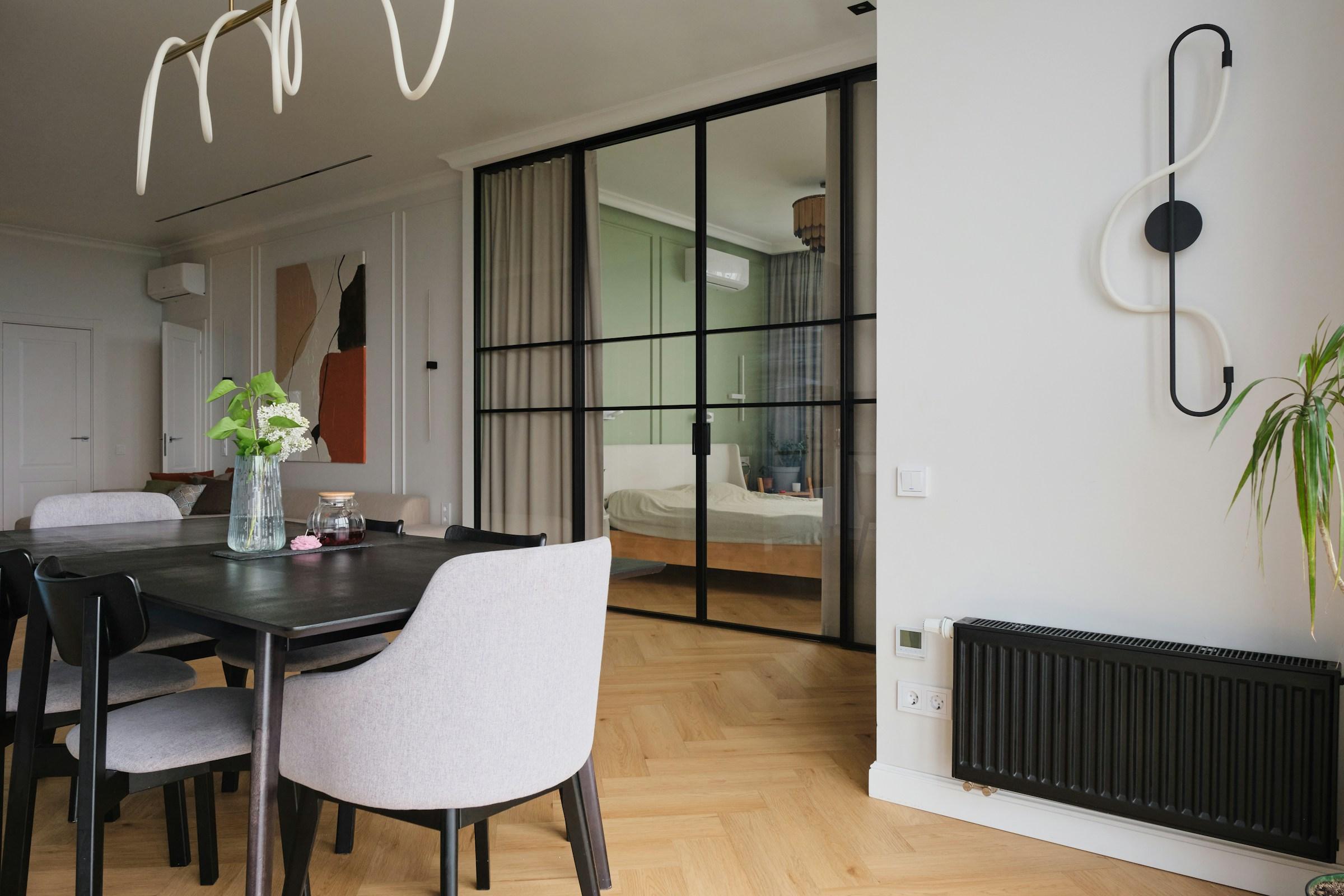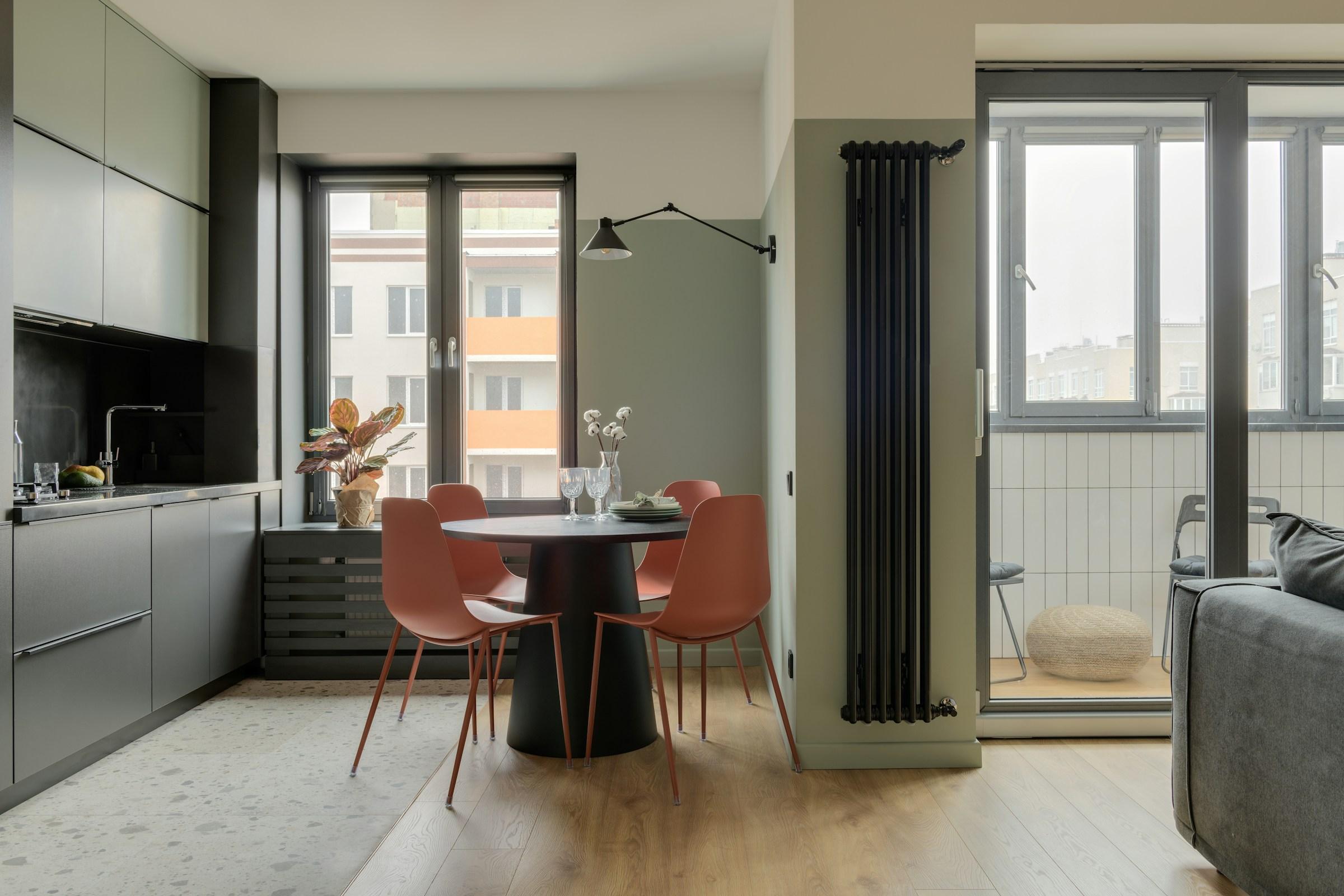Short-term rental in Singapore is an idea that attracts attention whenever mobility rises, projects cycle faster, or households need a bridge between homes. In Singapore, the definition of “short-term” is shaped by rules that restrict casual, day-by-day letting in most residential properties. That makes the conversation more specific. The advantages do not come from turning a private apartment into a nightly listing. They come from operating within compliant channels such as licensed serviced apartments and hospitality assets, or from using shorter fixed tenancies where allowed. With that frame in place, the benefits are clearer and more practical for both owners and tenants.
The first advantage is pricing flexibility across seasons and demand spikes. Singapore sees regular pulses of temporary demand. There are corporate relocations tied to regional headquarters, teams cycling in for projects, families renovating their primary homes, and medical or education stays that do not suit hotels. When supply is tight, compliant short-term options can adjust rates more nimbly than a standard one or two year lease. That does not mean constant repricing for its own sake. It means the ability to align rents with real occupancy patterns, which can help owners keep pace with cost pressures such as higher interest expenses or rising maintenance charges.
A second advantage is lower structural vacancy risk when assets are positioned for rotating tenants. Traditional leases deliver stability but can leave gaps after move-out, especially when the market turns or when an asking rent is set too high for the new cycle. By contrast, a pipeline of shorter stays can turn over more frequently and keep average occupancy steady. The operating rhythm is different. Instead of relying on a single renewal, owners move through multiple placement windows in a year. That creates more touchpoints to adjust positioning and to capture demand that appears with little notice.
Shorter stays also support liquidity for owners who need optionality. Selling a tenanted unit under a long lease can narrow the buyer pool to investors. If the lease has many months left, an owner-occupier may hesitate. With modestly shorter tenancies where allowed, an owner preserves the option to occupy the unit, to sell into a wider market, or to reposition the property after a defined date. In a market where life events and financing conditions can change within a year, that flexibility has planning value beyond the rental income itself.
Another advantage lies in asset upkeep and visibility. Long leases can mask slow deterioration. Owners may only see the unit at renewal or after an exit, when defects have compounded. Shorter cycles, and the operating standards common in serviced apartments, create routine inspections, regular cleaning, and faster detection of wear and tear. That is not about placing a heavy burden on occupants. It is about embedding maintenance into the operating model so that small issues do not become major costs. Over time, a property that is consistently maintained can command better reviews, stronger word-of-mouth, and a more resilient rate card.
There is a demand-side story that supports these advantages. Tenants who choose compliant short-term options in Singapore are not only tourists. They are project leads on twelve-week assignments, mid-career professionals on probation, families who have sold their homes and need a three-month bridge before key collection, or expatriates who want a foothold while they search for schools and neighborhoods. These households value furnished, well-located units with flexible terms and predictable service. They often travel with employer support or clear budgets. That combination of willingness and ability to pay, anchored by practical needs rather than leisure, sustains occupancy even when leisure travel cycles down.
For households themselves, the advantages are just as practical. A short-term rental can reduce double-housing costs when timelines do not line up. If a buyer’s completion date and a seller’s move-out window are misaligned, a compliant short stay provides a clean handover without storage complications or temporary hotel living. Parents can place their children in the right school catchment while finishing a longer search. Renovating owners can move out of dust and noise without moving far from their daily routines. These are not abstract perks. They are everyday frictions that short-term options are built to solve.
From a financial planning perspective, short-term operations can hedge specific risks that long leases cannot. When rates rise, debt service tightens cashflow. If an owner can raise average daily or monthly revenue to match cost changes while keeping occupancy healthy, the net yield may stabilize even in a more expensive funding environment. When inflation shifts utility and housekeeping costs, dynamic pricing allows owners to defend margin rather than waiting for an annual review. The goal is not to chase the top ticket at the expense of repeat business. It is to keep contribution margin positive by matching pricing to demand and cost in near real time.
Tax treatment and compliance also fit into the advantage set when handled correctly. Rental income is taxable. Owners who operate through licensed serviced apartments or hospitality structures benefit from clear reporting paths and professional cost tracking. That supports better record keeping for allowable deductions and reduces the risk of errors. Transparent compliance and clean documentation make banking and insurance conversations more straightforward. Lenders and insurers favor clarity over improvisation. A compliant operating model provides that clarity.
Strata and community relations matter as well. In buildings where tourist-style turnover is not allowed, trying to force a nightly model creates conflict and enforcement risk. Compliant short-term channels avoid that friction by matching building use and tenant expectations. In licensed serviced apartments and hospitality settings, the front-of-house, security, and housekeeping systems are designed for turnover. Guests or short-stay residents receive consistent service. Neighbors understand the property’s purpose. Owners benefit from a brand and an operating team that invests in reputation, which stabilizes demand and reduces operational headaches that would otherwise fall on an individual landlord.
On the capital side, certain investors use short-term operations as a price discovery tool before committing to a longer strategy. If an owner acquires a unit in a precinct with strong corporate demand but uncertain long-lease depth, a period of compliant short stays can test rate sensitivity, length-of-stay patterns, and amenity preferences. The data gathered in that period informs whether to pivot to a standard lease, to hold in short-stay mode, or to reposition the asset. This is not about speculation. It is about removing guesswork before locking into a one or two year structure that may not fit local demand.
There is also a brand and product dimension that can create defensible advantage. In short-stay markets, consistency and service standards matter as much as location. Operators who standardize furnishing, linen, connectivity, and small conveniences create a predictable experience that traveling professionals trust. That trust lowers customer acquisition costs over time and builds repeat occupancy. Independent owners can emulate parts of this by adopting clear check-in protocols, professional cleaning, and responsive communications through approved channels where shorter leases are allowed. The advantage is not only higher rates. It is fewer surprises, smoother operations, and better reviews.
Short-term rentals can complement housing policy goals in limited ways. They absorb temporary demand that would otherwise compete with long leases or push households into hotels that do not suit longer stays. They help newcomers try neighborhoods before committing to a lease that could prove mismatched. They provide a pressure valve for renovation cycles that are a part of normal urban renewal. When contained within proper asset classes and licensing, short-term operations serve mobility without undermining residential stability.
It is worth acknowledging what short-term arrangements are not. They are not a substitute for housing supply. They are not a route to ignore building rules. They are not a guarantee of higher net yield in every location or cycle. Their advantages appear when the asset, the operating model, and the tenant profile align with real, time-bound needs. In Singapore’s regulatory environment, that alignment is most credible in licensed serviced apartments, hospitality properties, and carefully structured shorter fixed tenancies where permitted. Outside of that, the risks can outweigh the benefits.
For families and professionals evaluating whether to use short-term rental in Singapore, the decision should start with intention and timeline. If you need flexibility for a defined period, value furnished convenience, and want to stay in a specific precinct while plans settle, the format fits. If you require price certainty for a long stretch, or if school and commute patterns are already fixed, a conventional lease may serve you better. For owners, the decision is about operational readiness and compliance. If you can deliver consistent standards, track costs, and manage turnover within the rules, the advantages include pricing agility, stronger occupancy across different demand pulses, and clear exit options. If you prefer a low-touch approach, a standard tenancy will be simpler.
The phrase advantages of short-term rental in Singapore often leads people to imagine nightly listings and tourist churn. That picture does not match the policy landscape or the most reliable demand in the city. The real advantages look different. They are measured in flexibility, predictable service, and the ability to match supply with mobility. When those are the goals, the model works, and it works without drama.
In a market as organized and rule-bound as Singapore, any rental strategy earns its keep by reducing friction for the people who use it. Compliant short-term stays reduce the friction of moving, renovating, starting a new role, or settling a family. Owners who operate with standards and clarity reduce the friction of maintenance, occupancy, and exit planning. That is where the advantages sit, and that is where they last.











.jpg&w=3840&q=75)


